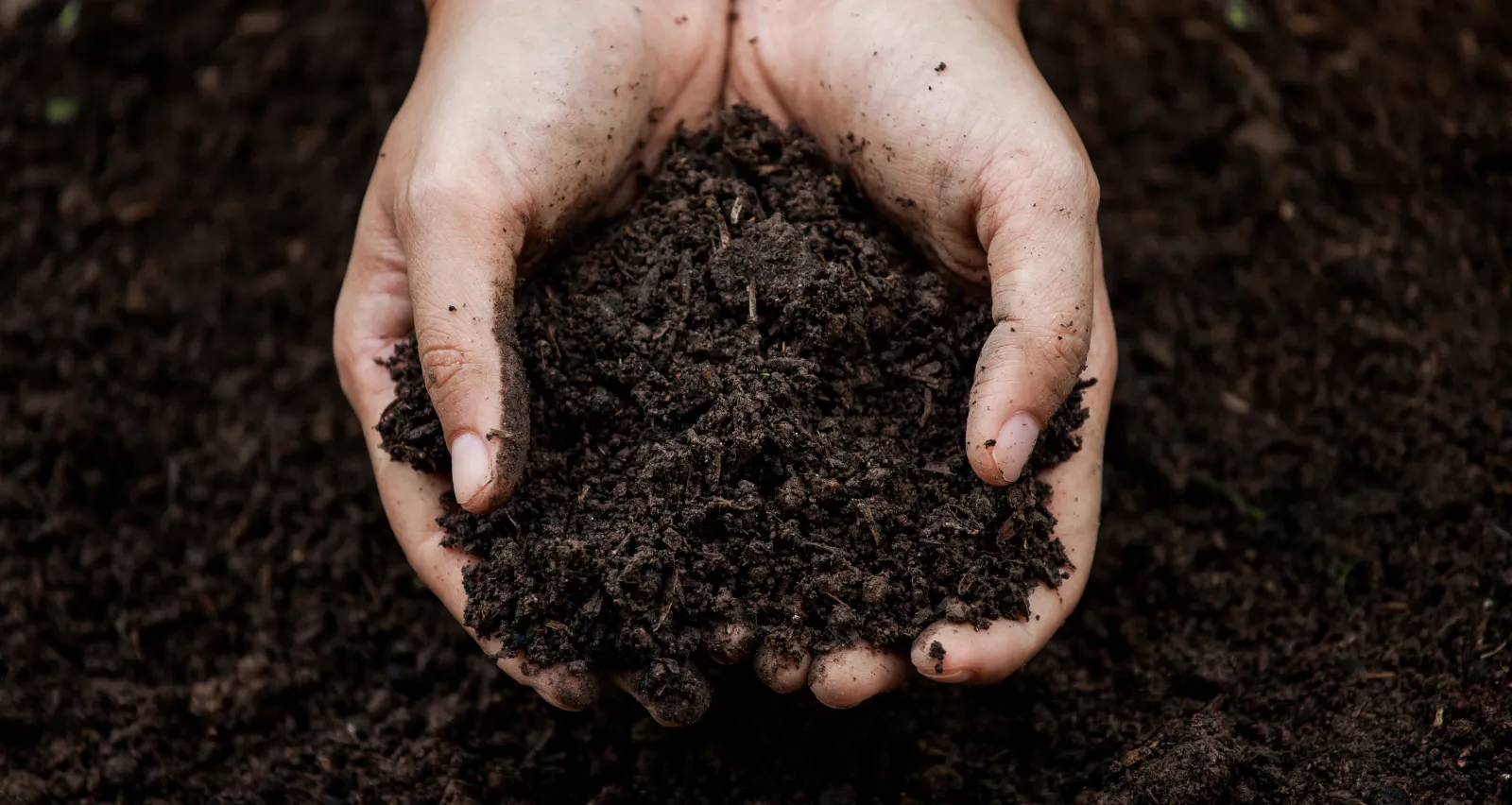
Bangalore, often recognized for its bustling tech industry, also harbors a rich agricultural heritage. The agricultural landscape of Bangalore is diverse and vibrant, driven by its unique climate and soil conditions, traditional farming practices, and ongoing initiatives aimed at supporting local farmers and promoting sustainable agriculture. In this blog post, we’ll delve into the different types of crops grown in Bangalore, the history of agriculture in the region, and the challenges and opportunities faced by local farmers.
Unique Climate and Soil Conditions of Bangalore
Bangalore’s climate and soil conditions play a crucial role in its agricultural productivity. The city experiences a tropical savanna climate, characterized by moderate temperatures throughout the year. The average annual rainfall of around 900 mm, primarily during the monsoon season from June to September, supports the cultivation of a variety of crops.
The soil in Bangalore is predominantly red loam, which is well-drained and rich in iron and other essential minerals. This type of soil is suitable for growing a range of crops, from vegetables to fruits and grains. The favorable climate and soil conditions make Bangalore an ideal location for diversified agricultural activities.
Crops Grown in Bangalore
Bangalore’s agricultural landscape is marked by the cultivation of various crops, catering to both local consumption and export markets. Some of the main crops grown in Bangalore include:
- Vegetables: Bangalore is a major producer of vegetables such as tomatoes, beans, carrots, and leafy greens. The region’s climate allows for the year-round cultivation of these crops.
- Fruits: Fruits like mangoes, bananas, guavas, and papayas thrive in Bangalore’s fertile soil and favorable weather conditions.
- Flowers: The city is renowned for its floriculture, with roses, marigolds, and chrysanthemums being the most commonly grown flowers.
- Millets and Grains: Crops such as ragi (finger millet), maize, and paddy are also extensively cultivated, contributing to the staple diet of the local population.
History of Agriculture in Bangalore
The history of agriculture in Bangalore is deeply rooted in traditional farming practices that have been passed down through generations. These practices have evolved over centuries, adapting to the changing environmental and socio-economic conditions. Historically, Bangalore’s agrarian communities relied on sustainable farming methods such as crop rotation, organic manuring, and rainwater harvesting.
The establishment of agricultural research institutions in the 20th century, such as the University of Agricultural Sciences, Bangalore, has played a significant role in modernizing farming techniques and improving crop yields. Despite these advancements, many farmers continue to adhere to traditional practices, blending them with modern innovations.
Challenges Faced by Local Farmers
Bangalore’s farmers face several challenges that impact their productivity and livelihoods. Two of the most pressing issues are water scarcity and climate change.
Water Scarcity
Water scarcity is a significant concern for Bangalore’s agricultural sector. The city’s rapid urbanization has led to the depletion of groundwater levels and reduced availability of surface water. Farmers often struggle to access sufficient water for irrigation, particularly during dry spells. This scarcity forces many to rely on borewells, which further exacerbates groundwater depletion.
Climate Change
Climate change poses another critical challenge, with unpredictable weather patterns affecting crop yields. Irregular rainfall, extreme temperatures, and increased frequency of droughts and floods disrupt the traditional farming calendar, making it difficult for farmers to plan their activities. These changes threaten the stability of the agricultural sector and the livelihoods of those dependent on it.
Initiatives Supporting Sustainable Agriculture in Bangalore
Despite these challenges, several initiatives are being undertaken to support local farmers and promote sustainable agriculture in Bangalore. These efforts aim to enhance productivity, ensure environmental sustainability, and improve the socio-economic well-being of farming communities.
Government Programs
The Karnataka government has implemented various schemes to support farmers, such as the Krishi Bhagya scheme, which focuses on rainwater harvesting and efficient water use. Additionally, subsidies and financial assistance are provided for the adoption of modern irrigation technologies and sustainable farming practices.
Non-Governmental Organizations (NGOs)
Several NGOs are actively involved in promoting sustainable agriculture in Bangalore. They provide training and resources for organic farming, integrated pest management, and soil health improvement. These organizations also facilitate market linkages, helping farmers to access better prices for their produce.
Community Initiatives
Local communities in Bangalore are increasingly adopting sustainable agricultural practices. Farmer cooperatives and self-help groups are promoting organic farming, agroforestry, and permaculture. These community-driven initiatives not only enhance agricultural productivity but also foster social cohesion and resilience.
Conclusion
The agricultural landscape of Bangalore is a testament to the region’s rich agrarian heritage and the resilience of its farming communities. While challenges such as water scarcity and climate change pose significant threats, the ongoing efforts to support sustainable agriculture offer hope for a more prosperous and environmentally sustainable future. By embracing both traditional practices and modern innovations, Bangalore’s farmers continue to cultivate a diverse range of crops, contributing to the city’s food security and economic growth.
Understanding and addressing the challenges faced by Bangalore’s farmers is crucial for ensuring the sustainability of the region’s agriculture. Through collective efforts, it is possible to create a resilient and thriving agricultural landscape that benefits both the local communities and the broader environment.









